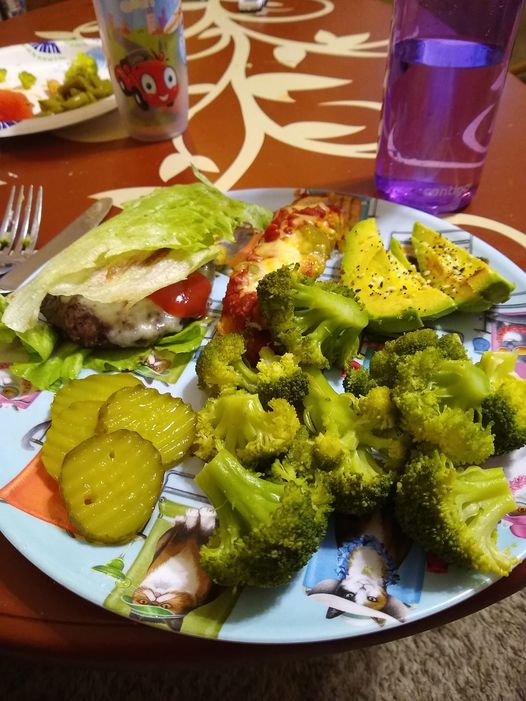You’ve probably heard about the low-carb, high-fat diet that’s so popular among actors and models, and with good reason: low-carb diets offer proper nourishment with whole foods while keeping your body burning fat for fuel. This is a great way to be, as it makes fat loss largely effortless! But where does this “ketogenic” word fit into the picture?

Well, ketogenic comes from the word “ketosis“, which is a state in which your body breaks down fat molecules into ketones to provide energy. This state is achieved through very low carbohydrate intake and higher than normal fat intake. The “normal” state of the body’s metabolism is called “glycolysis”, where carbs are burnt for energy. The long and short is that when your body is in carb-burning mode, it will use all available carbs for energy before it touches stored fat. In ketosis, your body is primed to burn fat, and this is great news for anyone trying to get trim and slim.
Benefits of Ketosis
By cutting carb intake significantly, we can drastically reduce insulin resistance, the precursor to type 2 diabetes. In addition, low-carb diets, along with exercise, can be very effective at helping alleviate the symptoms and progression of type 2 diabetes. Beyond that, ketosis itself is appetite-suppressing, meaning your hunger will naturally check itself, increasing your caloric deficit and making you lose fat even faster.
Getting Started
Ketosis takes some time to get into – about two weeks of low-carb eating is required for the initial adaptation. During this time there will be bouts of sluggishness, fatigue, headaches, and some gastrointestinal issues as you adapt, often referred to as “keto flu“. Proper electrolyte intake will correct most of these issues. In addition, the “diet” aspect of this ketogenic diet plan – that is, the caloric restriction – shouldn’t be worried about. Weight loss will come as your body regulates appetite as it the addiction to sugar and processed food lessens, so restricting calories during the initial two weeks isn’t recommended.

